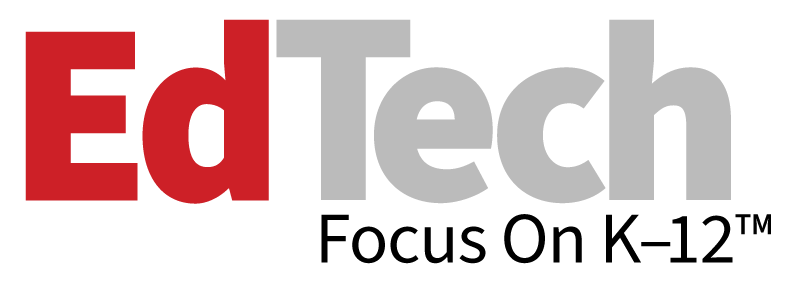“It’s important to keep in mind that if you develop one digital twin, it won't be able to solve all of the problems, because the data for that specific question is not the same as for other questions,” says Karla Saldaña Ochoa, assistant professor for artificial intelligence at University of Florida’s School of Architecture and director of the university’s SHARE Lab. “You must first create a hierarchy of what your most important goal is right now and build a digital twin for that. Then, you build from there. You can keep adding data sources, but you will need to first start with one question.”
How a K–12 District Could Use Digital Twins
One common question for a school facilities management team might be identifying the best use of available space throughout the day, which can vary depending on the day of the week and time of the year.
The first step, Ochoa explains, would be to model the built environment: the buildings and rooms. Then, embed a simulator, which in the case of K–12 would be agent-based, to see students moving around and to identify the areas where they usually hang out.
“And you might see that this really makes sense. The simulator is telling me that at 12 p.m., a lot of people are here and not there. So, maybe we can allocate a space for these other activities,’” Ochoa says.
A digital twin can also help a school's facilities management team optimize temperature control in real time based on room size, amount of light coming in from the windows, time of day, time of year and other factors. Doing so can increase the comfort and health of students and teachers, reduce energy consumption and save on costs. This scenario would require informing the model with historical data collected over the course of an entire school year or longer.
“Ideally, the more data, the better,” Ochoa adds.
READ MORE: Here are four ways to sustainably cool K–12 data centers.
What K–12 Schools Need to Consider About Digital Twins
While digital twin technology is slowly becoming less expensive, schools must first consider the feasibility and cost-effectiveness of developing the technology in-house or outsourcing to a specialized company.
It’s also important to research the minimum data and time requirements involved, including any concerns regarding student data privacy, especially if there were a scenario that would require the use of more personal student data, such as patterns of illness or attendance.
When implemented, digital twin technology can be an extremely useful tool in optimizing a school’s facilities management, as long as the questions that need to be resolved are clear.











